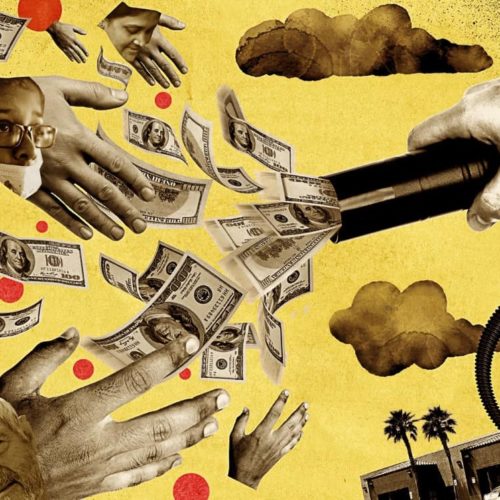Introduction
This week, we’re talking to our own Sarah Kleiner on her story on how millions donated to worthy causes end up funding … telemarketers and the like.
How did you get this story?
I reported in 2017 about a trio of veterans organizations in Falls Church, Virginia, that were raising millions of dollars but spending most of it on for-profit fundraisers. One of those groups was a political action committee called Put Vets First! PAC. We noticed that one of its highest-paid vendors was a telemarketing company called Outreach Calling, which had a history of fundraising in the charitable world.
After the investigation published, I met with my editor, Dave Levinthal, and our data editor, Chris Zubak-Skees. We brainstormed ways to show whether these groups were part of a growing trend, and discovered it is.
What were the biggest challenges reporting on it?
We had two major challenges. For one thing, the number of records we were combing through was vast. Luckily, my colleague Chris Zubak-Skees is a wiz with data.
We told the story through the lens of one of the highest-paid vendors: Richard Zeitlin. Finding him was a challenge. He moved his headquarters to a new building owned by one of his companies. Thanks to property ownership records, we were able to locate him.
When we went to Las Vegas to ask him questions, he threatened to call the police and followed me to the parking lot to get my license plate number. “You’re coming at me,” he said. “I’m going to come at you.”
His clients include a police officer, a disgraced lawyer, a man with a criminal record and a board member of a charity that had been shut down by regulators for allegedly misleading donors.
The thing I love about this story is the marriage of data and humanity. This is a numbers story that shows a distinct human toll. Those, in my opinion, are the best kinds of stories to tell.



Join the conversation
Show Comments